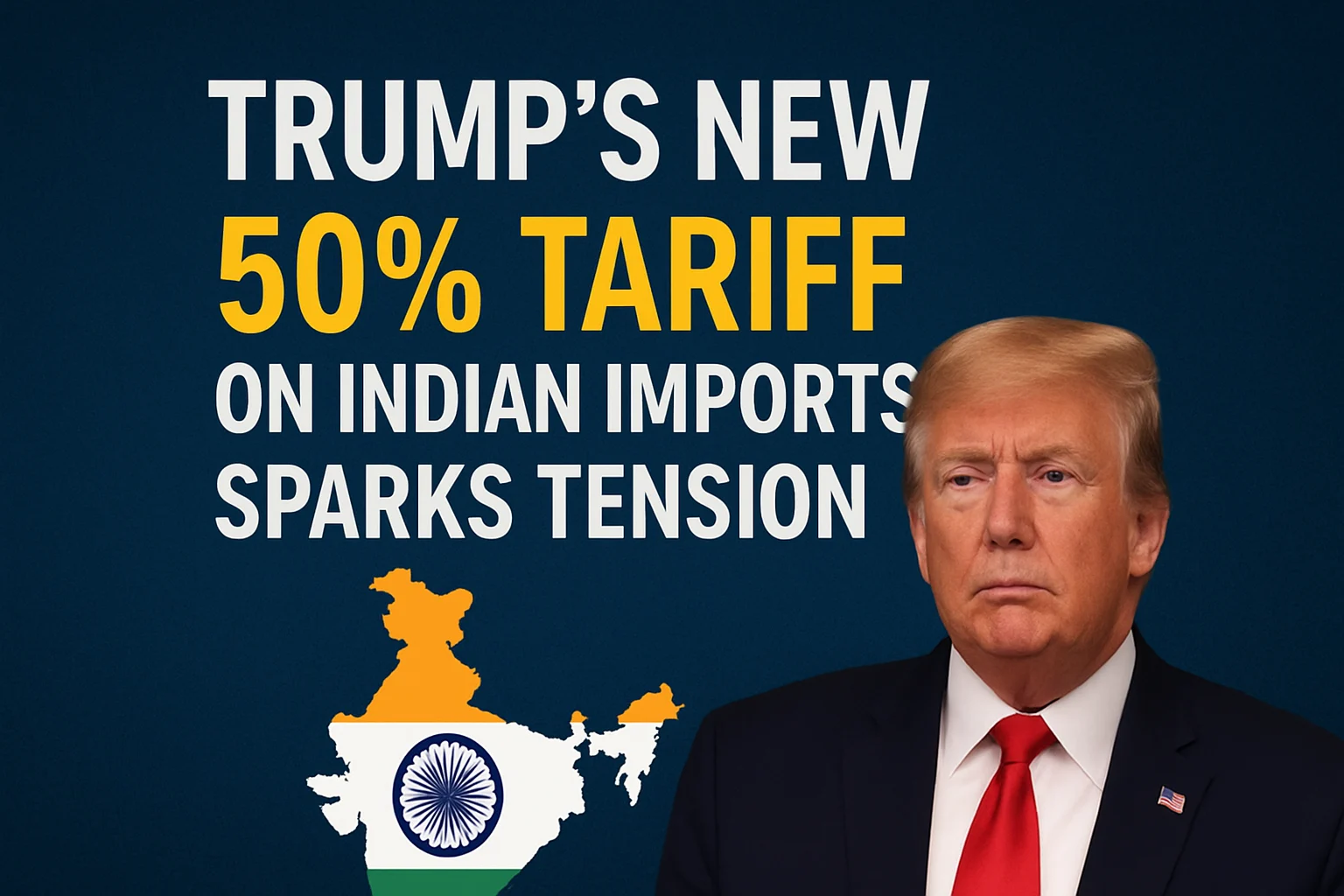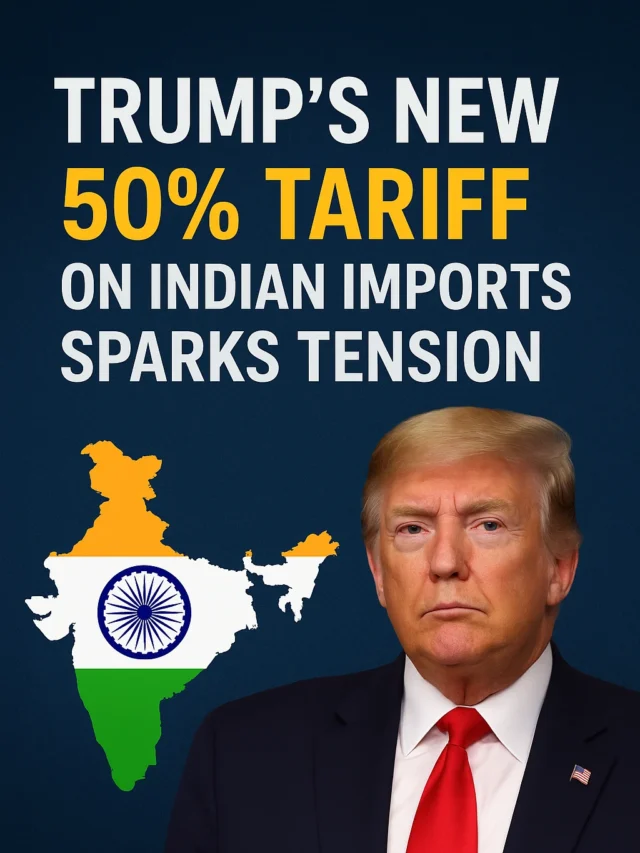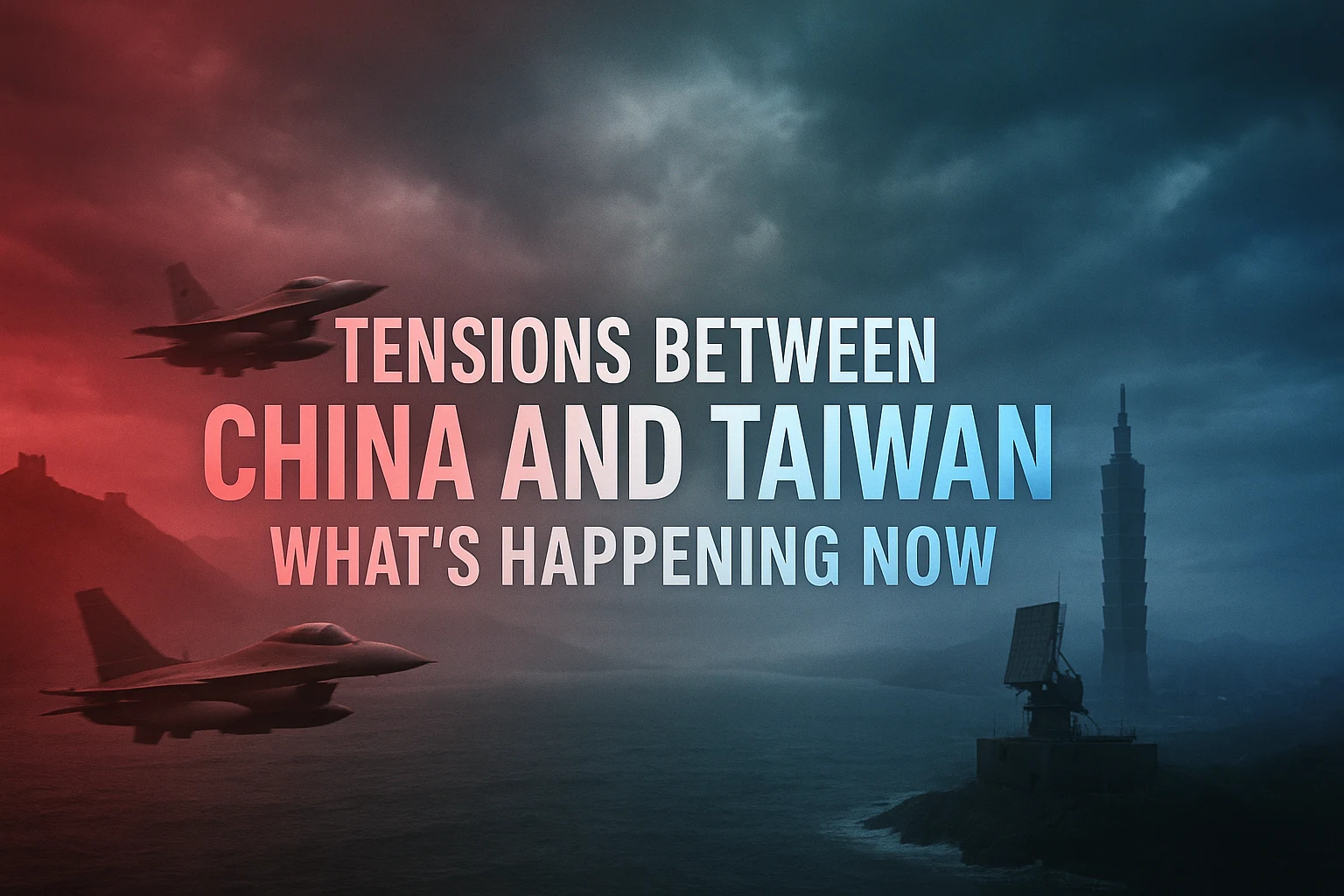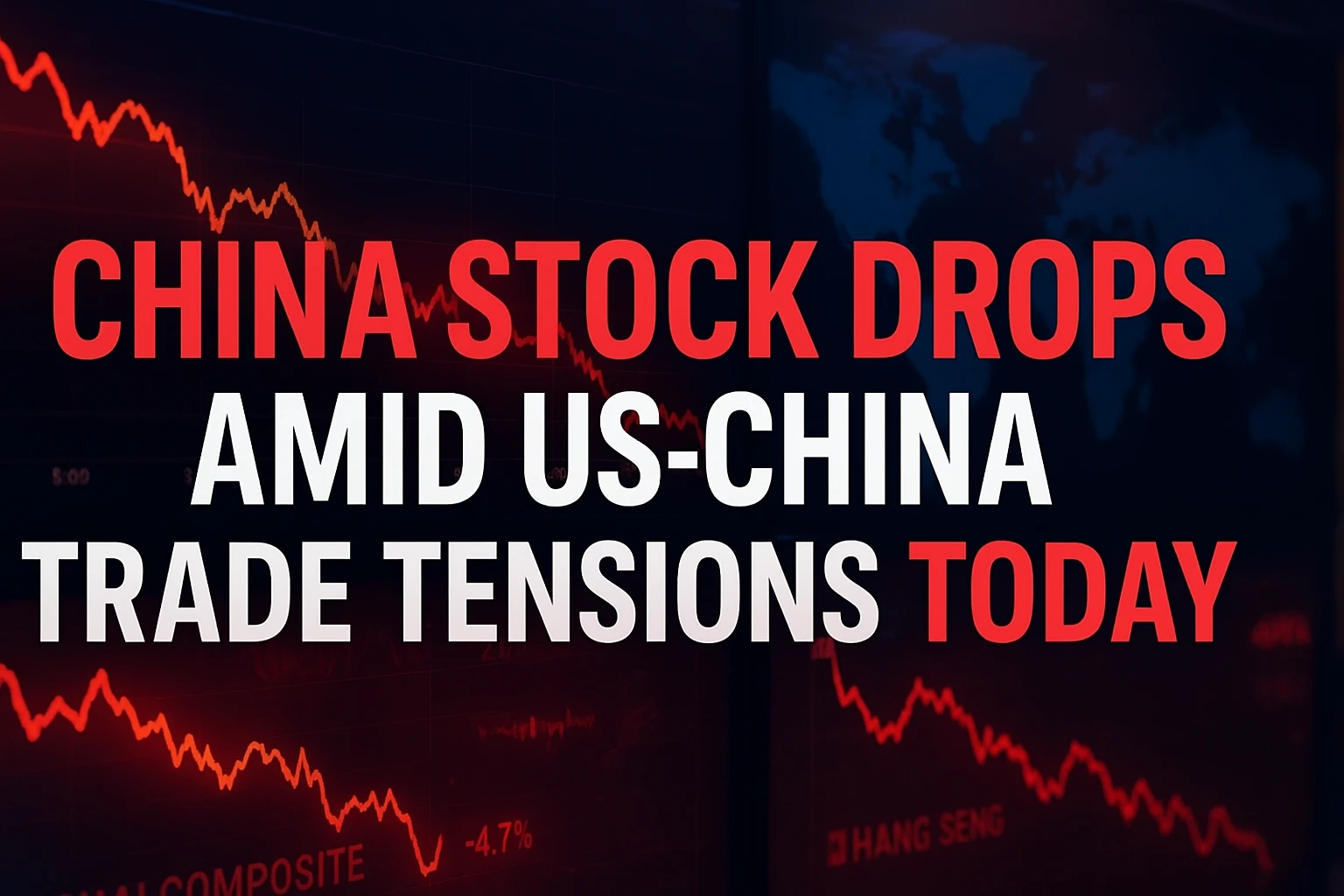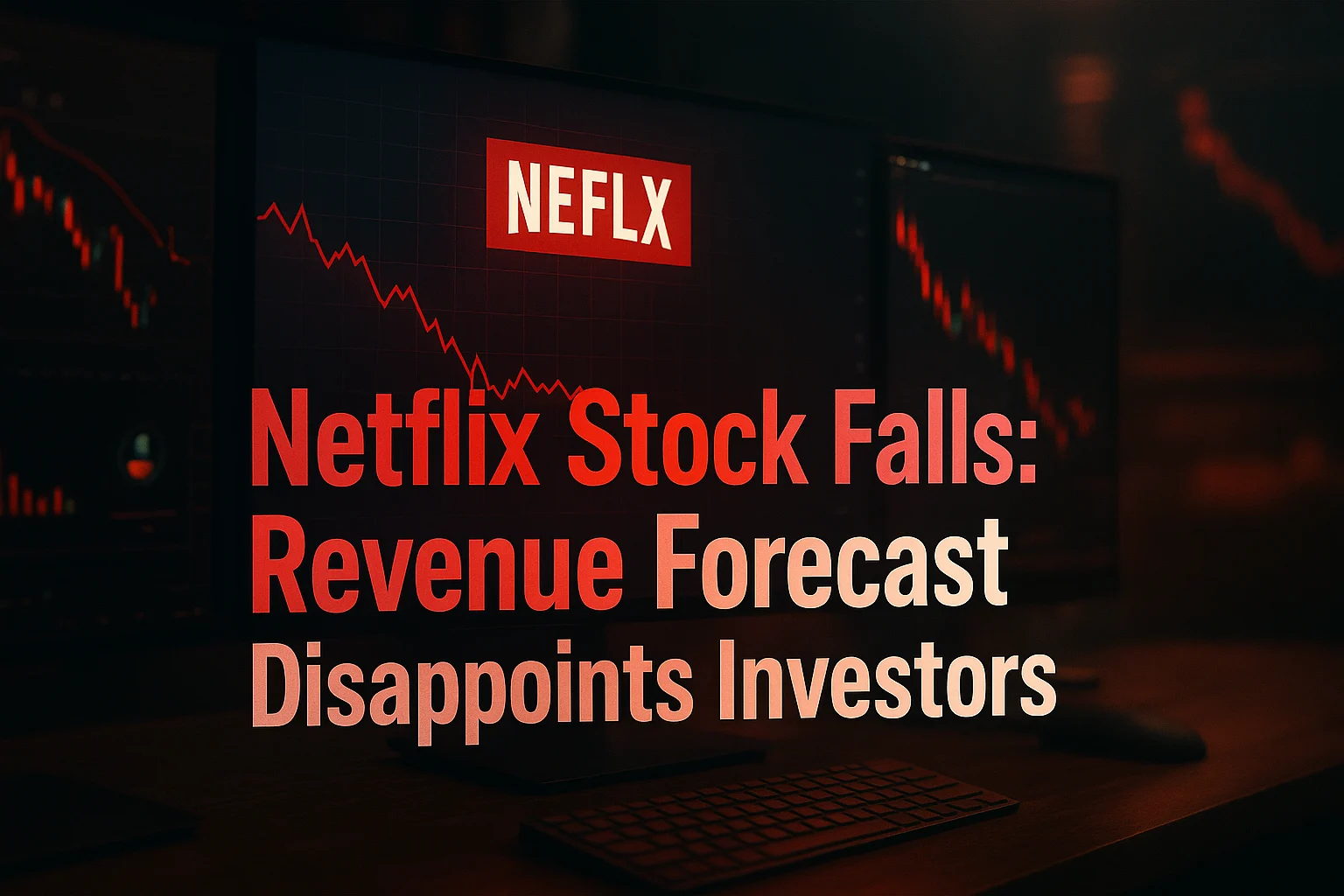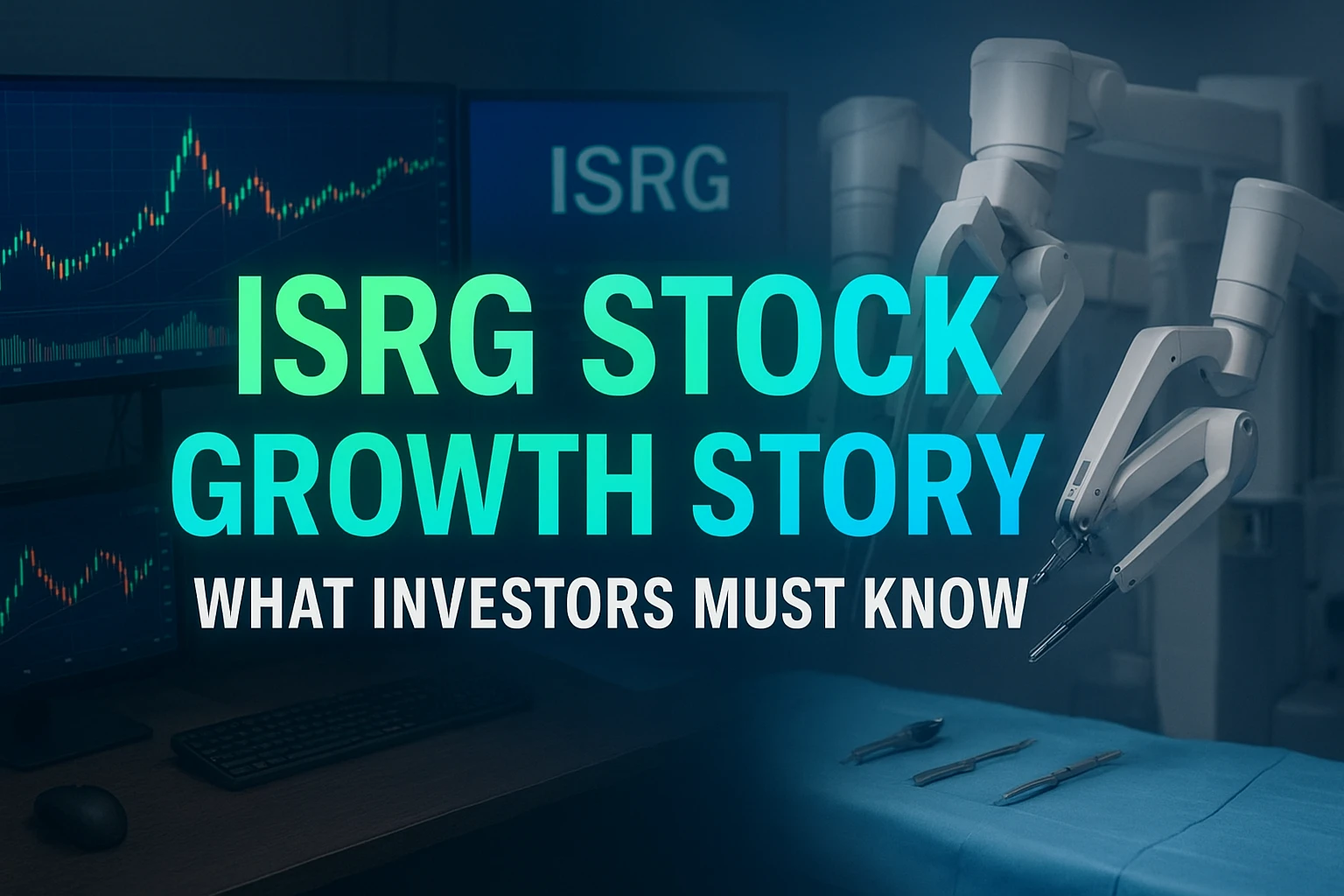Whenever the Trump administration brings a policy, its effects are not limited to America but reach the whole world. Now the new matter is that up to a 50% tariff can be imposed on the goods coming from India. On hearing this news, tension is clearly visible in the trade relations between the two countries. Just think, if any product is available at double the price, how will the consumer react?
For the people living in America, this is not just a news headline, but an issue that directly touches their daily lives. A lot of goods come here from Indiatextilessile, steel, pharma, IT services, and much more. When an extra charge of up to 50% i.e., tariff, is imposed on all these, then it will have a direct impact on the retail price here. Meaning, the product,ct, which was available for $100, can suddenly be available for $150.
The Trump administration says that such a step will benefit the American industry. Their logic is that local manufacturers are suppressed in competition due to cheap products coming from India. Now, if imported goods are expensive, then local products will be purchased, and this will give a boost to American manufacturing. It sounds good, but the reality is not so simple.
Because the supply chain of every product in the US market is global. Companies depend not only on India, but also on many other countries. India plays a very big role, especially in the IT and tech sectors. Now, if the cost of these things increases, then it will directly affect the price of the products and services of tech companies. And when the cost of the company increases, then ultimately the consumer, i.e,. You and I pay the increased price.
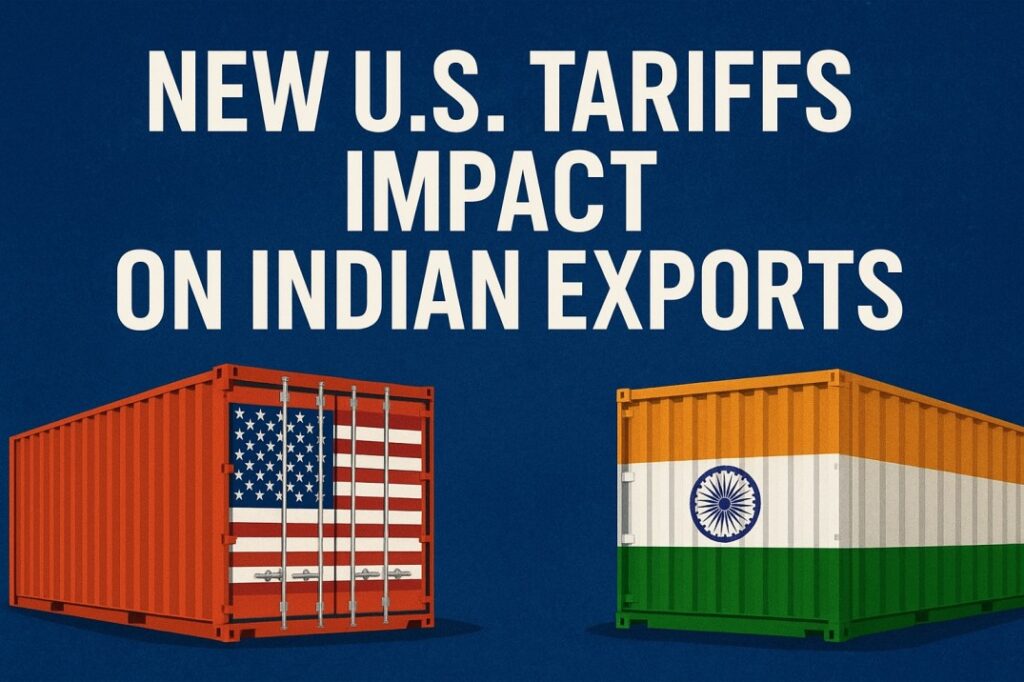
There is another point here – India will also not sit quietly. If America imposes such a high tariff on goods coming from India, then India can also react to American goods. This simply means that the sales of American companies may slow down in India. Especially on those products which are popular in India, like tech gadgets, pharma, and health products.
The USA audience needs to understand that this trade war-like situation ultimately hits the customer. Yes, in the short term, local manufacturers may get some benefit, but in the long term, the global supply chain and pricing get so disturbed that everyone has to bear its impact.
Now the question arises whether this strategy is right? Trump’s focus has always been on “America First”. But today the economy is so connected that it is difficult to benefit by separating just one country. Both India and America are big partners in the technology, defense, and health sectors. If such tariffs continue to be imposed, then the distance in the relationship may increase, and both will suffer in the long term.
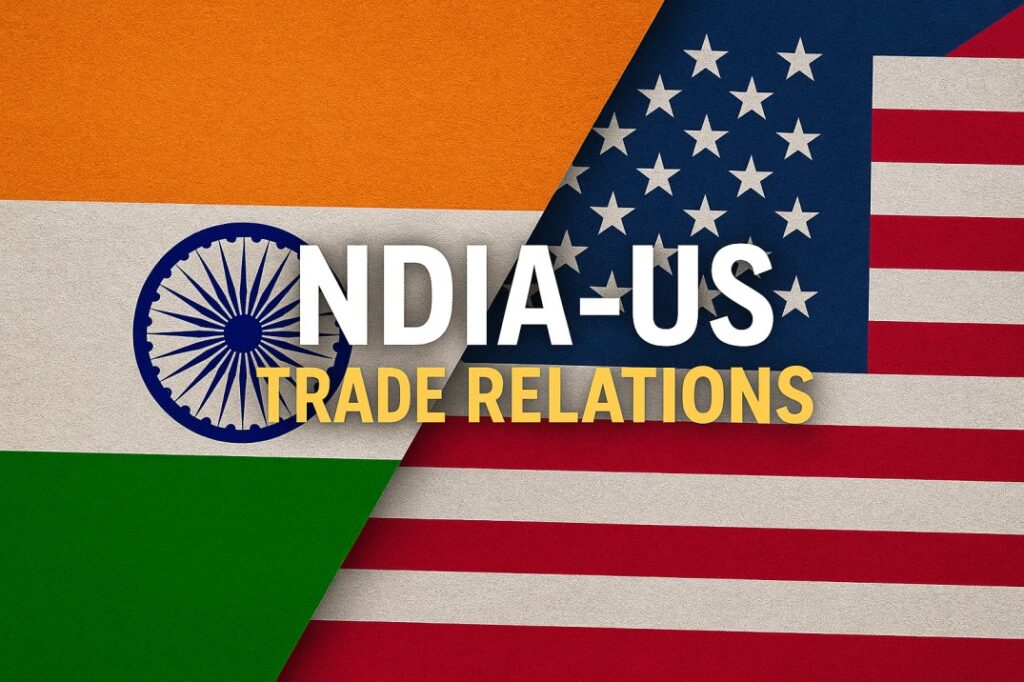
Many analysts say that such a policy is good for popular politics, but is risky for the economy. Yes, it is true that on hearing the word “tariff” it seems that the government is protecting the industry, but in reality,y it is a kind of tax which ultimately has to be paid by the consumer.
If people sitting in the USA are wondering how much this will affect them, then the simple answer is – very much. Whether you do online shopping, work in the tech sector, or just buy daily goods from the store, this tariff will hit your budget. And if India also responds in the same way, then there will be a risk of American companies losing a big market like India.
In the end, it can be said that this strategy of imposing a 50% tariff can bring instability not only between India and America, but in the entire international trade system. And its direct impact will be on those common people who neither do politics nor make trade policies – they just buy goods and run their lives.
Also read:
New U.S. Tariffs Impact: How will it have a direct impact on Indian exports?
Meta Platforms (META): -0.89% — concerns over ad revenue
Snowflake (SNOW) Stock Gains +3.11% Amid Strong AI Growth Signals


